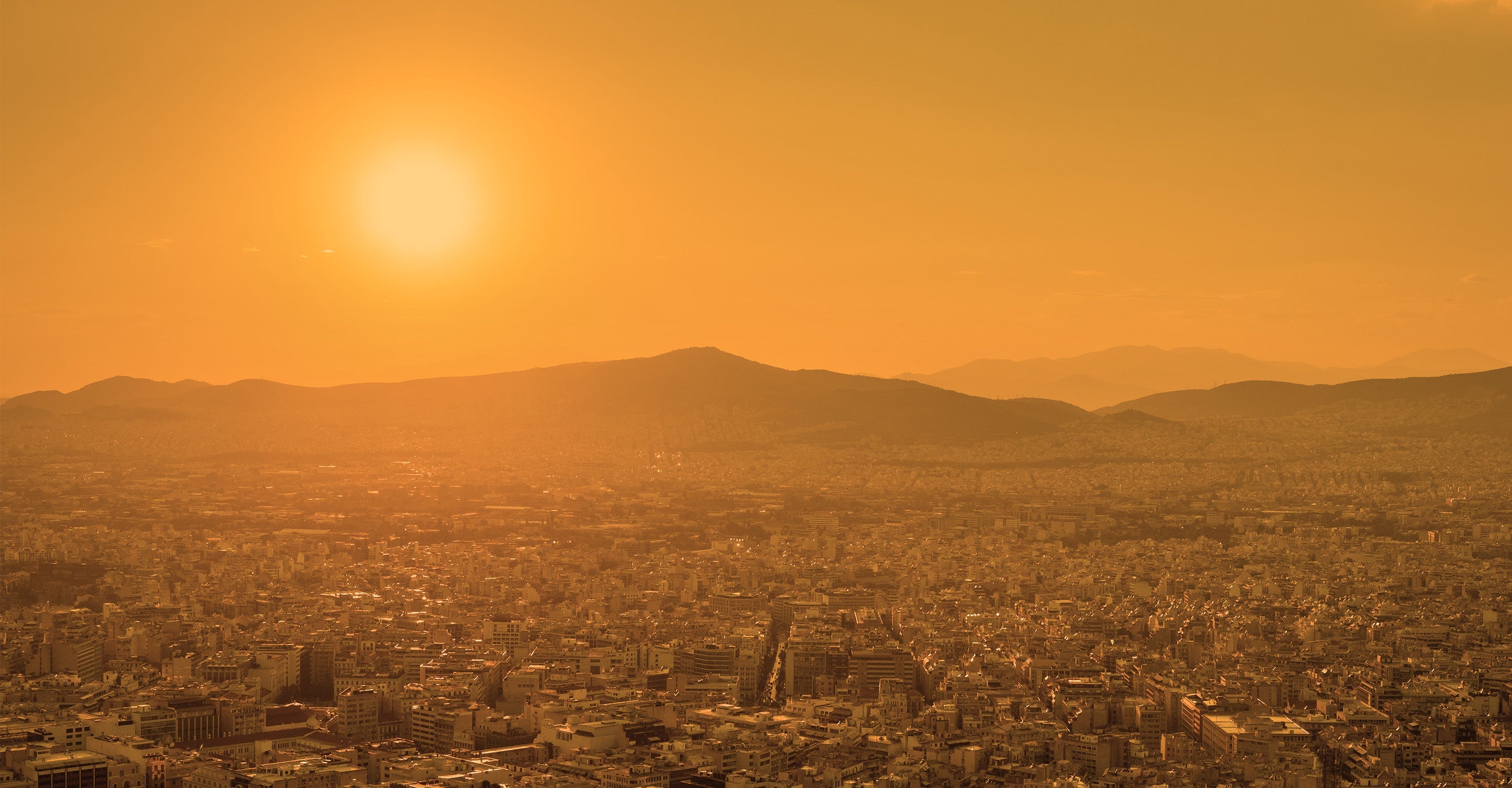Fatehabad air quality map
Live air pollution map of Fatehabad
2.6K people follow this city
Full screen
Contributors category
0
Government
0
Educational
0
Non-profit organization
0
Corporate
0
Individual
0
Anonymous
Station(s) operated by

*IQAir’s AQI data modeled using satellite data. Learn more
Health Recommendations
| Reduce outdoor exercise | |
| Close your windows to avoid dirty outdoor air GET A MONITOR | |
| Sensitive groups should wear a mask outdoors GET A MASK | |
| Run an air purifier GET AN AIR PURIFIER |
Fatehabad does not have air sensor data
Be the first to measure and contribute air quality data to your community.
Understand air pollution and protect yourself
Fatehabad MAP AIR QUALITY ANALYSIS AND STATISTICS
How much useful information about air quality can be seen on the air pollution map for Fatehabad?
There is a lot of really useful information about air quality on the air pollution map for Fatehabad. The page is very easy to access from the main city page. Clicking on the map icon will open a new page with all relevant information about air quality.
Once the new page has opened, the first thing to notice will be the intense colouration of the map. This colour is a visualisation of the state of the air quality. Colours can range from pale green to a very dark maroon where the darker colours show worsening air quality. Currently, it is a dark red colour which shows the air quality as being “Unhealthy” with a US AQI reading of 157.
There are usually several coloured discs scattered across the map which denote the location of the ground-level air monitoring stations. However, not all cities have physical stations and rely on data collected by overhead satellites for the information about air quality. Fatehabad is one such city without physical stations. If the viewer pans out from the map, many discs will appear showing air quality in other locations. They all display the same set of colours as is found across the entire IQAir website.
These discs display a number at their centre which is the United States Air Quality Index reading or US AQI for short. The reading is calculated by recording the levels of up to six of the most prolific air pollutants found in the city air. These pollutants are usually both sizes of Particulate Matter (PM2.5 and PM10), ozone, nitrogen dioxide, sulphur dioxide and carbon monoxide. Once established, it is used as a metric when comparing air quality in different cities across the globe and is openly encouraged and endorsed by the World Health Organisation (WHO).
Looking back to the main city page, it can be seen in the coloured banner at the top of the screen that Fatehabad was experiencing a period of air quality that was classed as being “Unhealthy” with a US AQI reading of 169. The asterisk to the right of the figure denotes that the information is derived from satellite data, but the results are much the same. The main pollutant was PM2.5 with a recorded level of 91.3 µg/m³ which is over eighteen times the target figure of 5 µg/m³ as recommended by the WHO.
Is there any more fascinating information about air quality on the air pollution map for Fatehabad?
There is a lot more specialist information about air quality on the air pollution map for Fatehabad. It is easy to access by selecting the icon at the top right-hand side of the map which will re-open the page in full-screen mode which will allow all the information to be seen. A list of four options should be visible on the left-hand side of the screen which can all be turned off or on individually to see the effects they each have on the map.
The first option shows the location of all the ground-level air monitoring stations around the city and its environs. Any of these discs can be selected and a whole new page will open which is filled with interesting information about that specific area. The second option shows the location of any wildfires there are that might be burning out of control in the area. At the start of 2023, there were no such icons on the map. If any fires are detected, then option number four will be very useful because it shows the speed and direction of the prevailing winds and will give a good indication of where the smoke will blow.
Option number three is very theatrical because it changes the background colour of the map to directly show the current state of the air. Some may find a solid block of intense colour to be a little distracting or confusing. In this case, the option can be deactivated and the map will revert to a more natural set of colours which may be more appropriate for a map.
More information about air quality can be found on the right-hand side of the page. The table will be seen here which shows the ranking of the top seven most polluted cities in the world. If more cities are of special interest the full-ranking page should be opened which lists all participating cities in descending order.
Is the source of the polluted air shown on the air pollution map for Fatehabad?
The direct source of the polluted air is not visible on the air pollution map for Fatehabad, but it is well-known that major sources of ambient particulate matter pollution are domestic and commercial biomass burning, wind-blown mineral dust, coal burning for energy generation, industrial emissions and agricultural stubble burning. There are garbage incinerators, construction works, brick kilns, transport vehicles and diesel generators. The reason for domestic pollution is the solid fuel used for cooking, which includes firewood, cow dung, agricultural waste and charcoal.
Secondary pollutants are not emitted directly. Rather, when the primary pollutants interact or react with each other as they form in the air under the influence of ultraviolet rays. An important example of a secondary pollutant is ground-level ozone which is one of many secondary pollutants that form photochemical smog.
Particulate Matter (PM2.5 and PM10) are often quoted on the air pollution map for Fatehabad, but where do they come from?
PM2.5 refers to atmospheric particles (PM) that have a diameter of less than 2.5 micrometres, which is about 3% of the diameter of a human hair.
Commonly written as PM2.5, the particles in this category are so small that they can only be detected with an electron microscope. They are even smaller than their PM10 counterparts, which are particles that are 10 micrometres or smaller, also called fine particles.
Fine particulate can come from a variety of sources. These include power plants, motor vehicles, aircraft, wood burning, forest fires, agricultural burning, volcanic eruptions and dust storms. Some are released directly into the air, while others are formed when gases and particles interact with each other in the atmosphere. For example, gaseous sulphur dioxide emitted by power plants reacts with oxygen and water droplets in the air to form sulphuric acid as a secondary particle.








